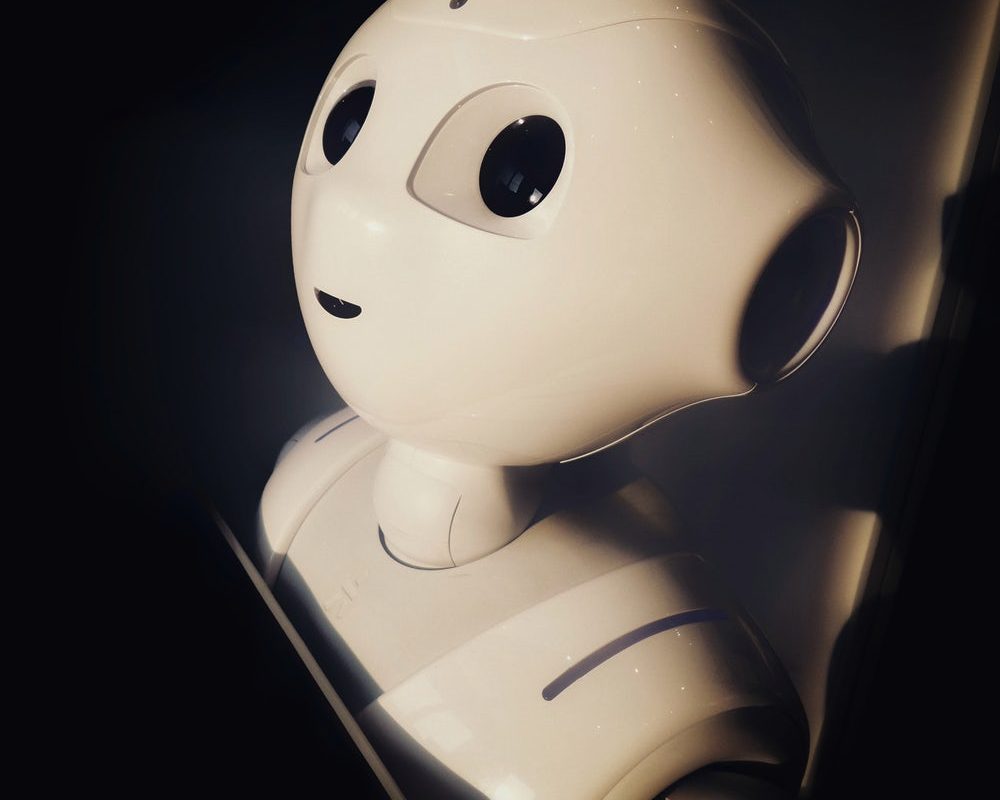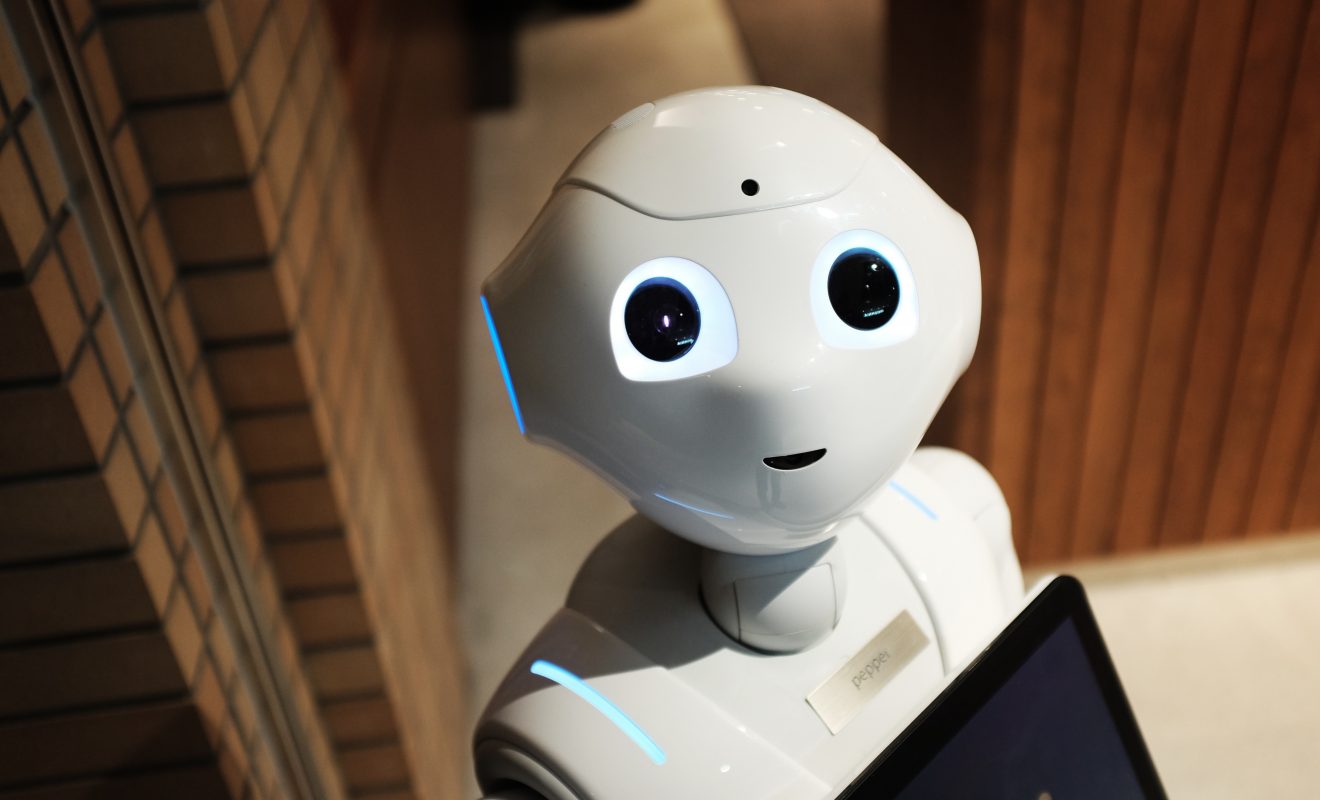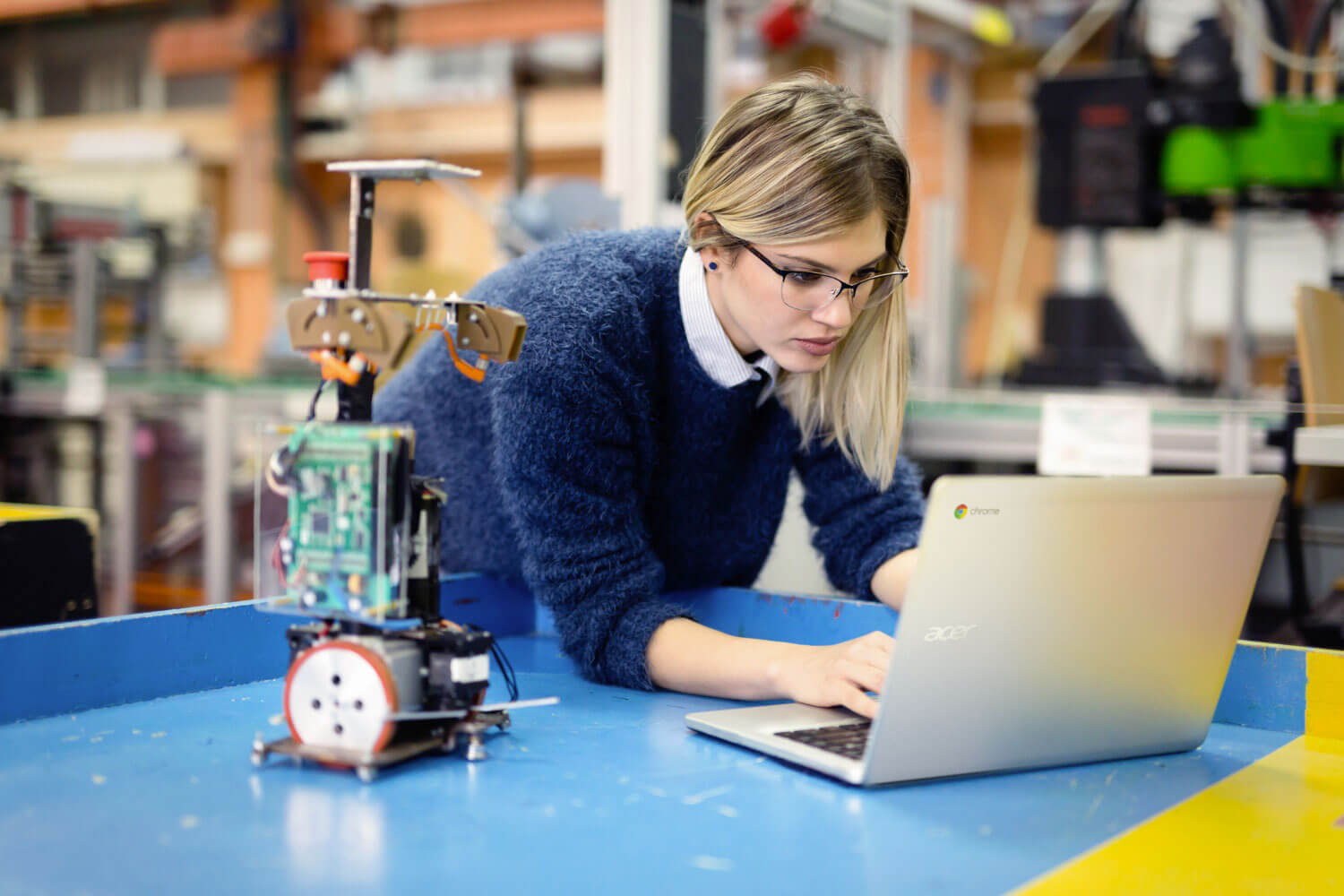RobotLAB Blog
Everything You Need To Know About Robotics in Businesses
How Learning Circuit Board Design Can Impact Future Engineers

STEM is a vital field of study. The world has always needed engineers and scientists, and as technology becomes a more prominent part of daily life, these occupations will be all the more crucial.
A well-rounded science and engineering education is an invaluable tool for the workforce of tomorrow. STEM jobs are growing at a faster rate than the national average and typically pay more as well. To capitalize on these opportunities, students need to start learning STEM tools while they're young.
Higher education will equip students with the tools to succeed in STEM, but to make the most of it, they need to learn some things early on. One of the most valuable skills for young students to learn is PCB design. Learning circuit board design at a young age can provide students with a variety of essential engineering skills and knowledge.
- 0 Comments
- Feb 24, 2020 10:00:00 AM
- Posted by Natalia Galvis
- Topics: EdTech, STEM, Engineering, Innovation, STEMchat, Edchat
Plan Ahead: 11 STEM Activities for Spring Break!

Whether you're heading out on the road for spring break or taking it easy at home, incorporating a little STEM fun can help keep your child's creativity flowing during the week off.
To get you and your family started, we've rounded up a variety of spring break STEM activities that are easy, educational, and inspiring! Choose one or try them all, and show your child just how exciting and open-ended STEM fields can be. They'll discover fundamental skills and concepts that will stick with them long after spring break ends. How's that for a productive spring break?
- 0 Comments
- Feb 21, 2020 10:10:00 AM
- Posted by Natalia Galvis
- Topics: EdTech, STEM, 21st Century Classroom, Technology, Innovation, STEMchat, Edchat, k12, springbreak
Funding Education Innovation: 3 Ways to Get It Right
There’s no doubt that education innovation is a pressing issue in our country today. As societal needs continue to evolve, educational reform should follow in order to meet those needs. One of the most impactful ways to respond to the evolution of needs is education innovation, and there is a way to do it.

- 0 Comments
- Feb 20, 2020 10:00:00 AM
- Posted by Natalia Galvis
- Topics: EdTech, STEM, 21st Century Classroom, Technology, Innovation, STEMchat, Edchat, k12
5 K-12 Guidelines For Artificial Intelligence: What Students Should Know

Artificial intelligence (AI) is the future. It is already altering the way our world operates, and it’s a force of change that education has no choice but to engage with it. According to a recent Gartner report, one in five workers will have some form of artificial intelligence as a co-worker.
That means most of today’s K–12 students will be part of a workforce that will include AI co-workers. In order to flourish in this new work environment, students must study AI, and K–12 schools will need to have artificial intelligence curricula.
The Association for the Advancement of Artificial Intelligence and the Computer Science Teachers Association have formed the AI for K-12 Working Group. This working group has come up with five big ideas regarding AI that every student should know about.
- 0 Comments
- Jan 14, 2020 10:00:00 AM
- Posted by Natalia Galvis
- Topics: Robotics, EdTech, STEM, 21st Century Classroom, Artificial Intelligence, Robots,, Innovation, Edchat, AI
How and Why to Bring Robotics into the Classroom
The need for people in STEM-related careers is at an all-time high. Science, tech, engineering and math fields are looking for people who can think critically, solve problems and work with science and math concepts with ease. For years, much of this type of work has been outsourced to other countries, but with the growing dependence on tech, domestic businesses are also increasing hires in these fields.

While teachers are preparing students for their potential careers, they are also imparting the many other benefits of bringing STEM concepts into the classroom. One way to do this is through robotics. While building robotic figures and getting them to work, students learn skills like mechanics, engineering, coding and more.
- 0 Comments
- Jan 13, 2020 10:00:00 AM
- Posted by Natalia Galvis
- Topics: Robotics, EdTech, STEM, 21st Century Classroom, Robots,, Innovation, Edchat
EdTech Trends 2020: the future is now

The end of a year and the start of a new one is the ideal time to reflect on the recent changes in the field of education technology and to look to the immediate future of technological solutions for the classroom: what does the beginning of the new decade have in store for students and teachers worldwide?
- 0 Comments
- Jan 10, 2020 10:00:00 AM
- Posted by Natalia Galvis
- Topics: Robotics, EdTech, STEM, Technology, Innovation, Edchat, AI, Digital Technology
Funding Education Innovation: 3 Ways To Get it Right
There’s no doubt that education innovation is a pressing issue in our country today. As societal needs continue to evolve, educational reform should follow in order to meet those needs. One of the most impactful ways to respond to the evolution of needs is education innovation, and there is a way to do it.

- 0 Comments
- Nov 25, 2019 10:00:00 AM
- Posted by Natalia Galvis
- Topics: Robotics, EdTech, Education, Robots,, Technology, Innovation, Edchat
Big announcements for the Educational Market during Apple's event in Chicago

March 27, 2018- Chicago, USA
During Apple's Educational event, Apple CEO Tim Cook introduced different technologies for the educational market highlighting and reaffirming their constantly work on this field.
- 0 Comments
- Mar 28, 2018 3:21:36 PM
- Posted by Maria Alejandra Calcetero
- Topics: Education, Curriculum, Technology, Innovation
Relevant Posts
- Augmented Reality: A Tool for Teaching Students Robot Programming
- Fostering Innovation Through Youth Education in STEM and EdTech
- How Parents Can Foster STEM Learning Beyond the Classroom
- How Robotics Cultivates a Deep Understanding of Mathematics in Students
- RobotLAB Receives EDTech Chronicle 2023 ‘BESTIE’ Award for Landmark Partnership with American Samoa Dept. of Education.
Subscribe to Email Updates
-
I Want To Learn MoreADDITIONAL INFORMATION
